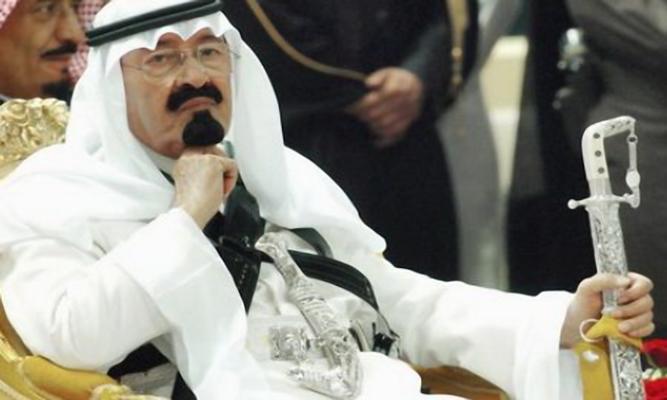PressTV
November 16, 2013

The House of Saud is desperately trying to get its house in order – by lethally cracking down on droves of illegal foreign workers.
But the real, underlying rationale for the Saudi rulers is not trying to regularize their country’s notorious cheap labor market. Their motivation is best understood as trying to defuse a social time bomb of a young population that is increasingly unemployed and restive.
Up to one million migrant workers have been deported from the kingdom in recent months and more than 20,000 are currently detained awaiting repatriation.
The crackdown has led to violence in Saudi cities, including the capital, Riyadh, where at least five people have been killed in street clashes over the past week.
Three Ethiopian nationals and a Sudanese man have reportedly died at the hands of Saudi police as riots break out in poor quarters inhabited by migrant workers.
There are also reports of Saudi nationals clashing with foreign communities, with at least one incident of an Ethiopian man being dragged out of his home by an angry crowd and lynched in the street.
The problem for the Saudi authorities is this: the Saudi economy has for decades relied on cheap foreign labor. That social structure is, in turn, a direct result of the intrinsically undemocratic nature of Saudi Arabia as a state. One flawed aspect cannot be addressed without addressing the other.
Out of a total population of 27 million, it is estimated that between nine and 11 million of this number is due to foreign workers – most of whom are treated like slaves.
While there are many American and European expatriate workers engaged in professional hi-tech sectors of oil, petrochemicals, engineering, construction and education, the vast majority of the foreign workforce in Saudi Arabia is dirt-cheap labor from Africa and Asia.
These latter workers are treated abysmally in what can only be described as a system of modern slavery. Employers routinely withhold passports, and pittance wages are often kept in arrears, or not paid at all.
This regime of slave labor holds right across the Persian Gulf Arab oil sheikhdoms. Qatar, with a population of only 1.8 million and officially with the highest per-capita income in the world, has recently come under scrutiny in the international media for the appalling working conditions of Indian and Nepalese laborers involved in the construction of the stadiums for the 2022 Football World Cup. Working under boiling temperatures and cooped up in cramped labor camps, it is reckoned that thousands of these workers will die before the tournament begins in over a decade’s time.
The same story of egregious exploitation of foreign workers applies in Bahrain, the United Arab Emirates and the other Persian Gulf oil sheikhdoms.
What is happening now in Saudi Arabia is merely symptomatic of the looming social problems that are stemming from this general model of slave labor across the region.
Up to a point this model has served the autocratic rulers well. Vast oil and gas wealth has been arrogated by the ruling families of Al Saud, Al Khalifa, Al Thani and Al Nayhan because they have not had to distribute the profits to their populations for thorough, democratic social development – thanks to the abuse of armies of foreign slave labor.
This awry model of economic development has become unsustainable. Why? Because the indigenous populations are marginalized from gainful employment. In Saudi Arabia, half the workforce is comprised of foreign nationals. Officially, the Saudi unemployment rate is 12 per cent. That is no doubt a gross underestimate. For young Saudis, the real unemployment figure is as high as 50 per cent.
